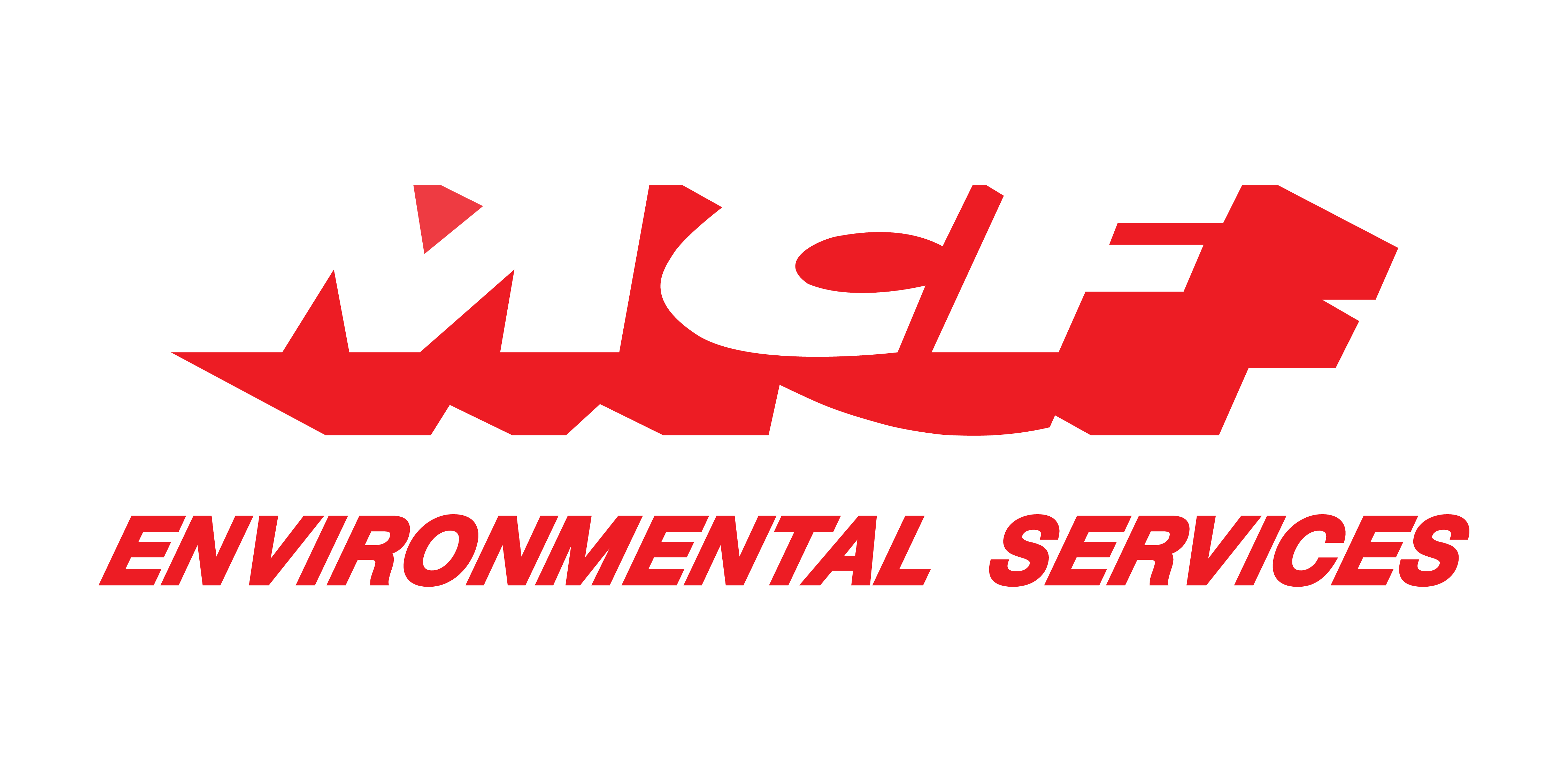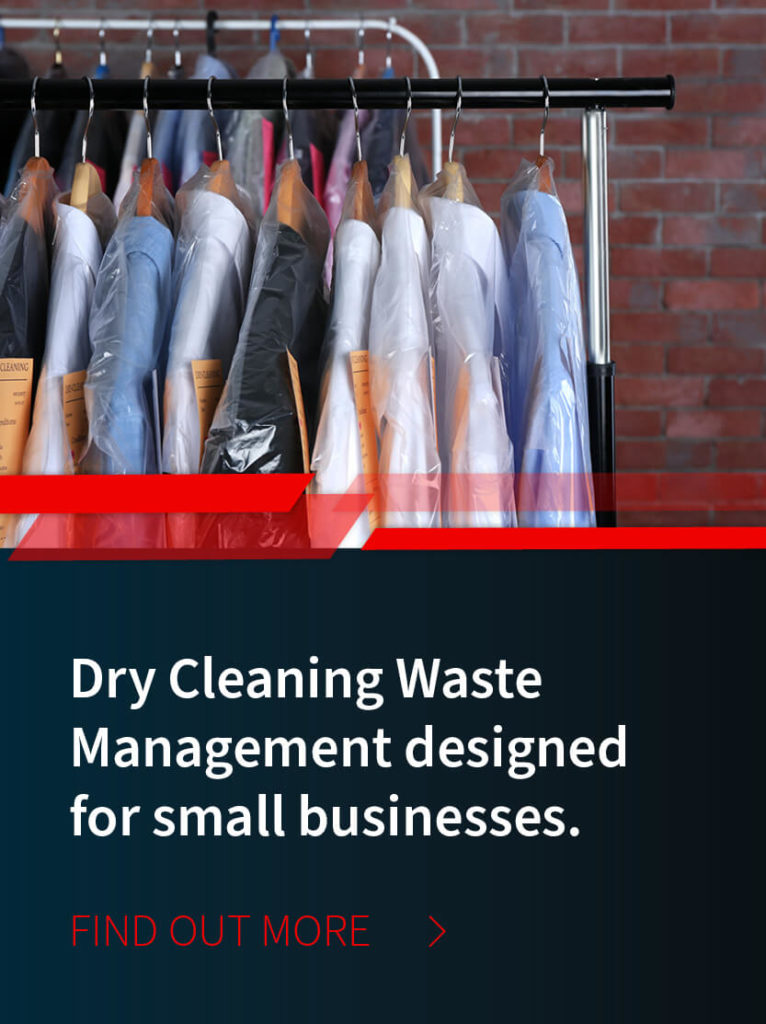
/ IN THIS BLOG
A number of federal laws seek to protect not only the health of employees working in a dry cleaning business, but the environment from possible exposure to dangerous or even toxic emissions or contact with hazardous materials in the scope of their business. Proper knowledge, management, and disposal processes of materials used in the dry cleaning industry are vital to both. Familiarity with those laws is essential for not only for compliance, but to avoid potentially massive fines and penalties if the laws are not followed.
01 / Who makes the Laws for the Dry Cleaning Industry?
The following list of federal agencies who make environmental laws, which oversee numerous industries and businesses, including the dry cleaning industry, is not all-inclusive. Also be aware of the laws of you state, which can be more stringent than the federal regulations.
The Resource Conservation and Recovery Act (RCRA) is a group of laws that deal with hazardous and non-hazardous solid waste management. The RCRA is often used interchangeable with the Environmental Protection Agency (EPA). However, there is a difference.
The RCRA gives authority to the EPA to deal with hazardous waste in what is now known as the Cradle-to Grave approach to hazardous waste management, while the RCRA manages non-hazardous solid wastes. Yes, it can be confusing. More details are provided here.
In addition to the RCRA, several other federal laws control the collection, treatment, and disposal of hazardous dry cleaning waste. These rules were created to protect the environment and to provide a framework for equitable compensation and liability in the event of a hazardous waste spill or other catastrophic contamination.
Maintaining compliance with all the relevant federal laws and regulations not only helps protect the environment, but also safeguards businesses and industries from costly litigation as well as fines, sanctions, and other penalties.
Dry cleaning businesses must comply with all environmental laws.
02 / The Clean Water Act
The Clean Water Act (CWA) was created to protect the nation’s surface water, including lakes, streams, ponds, and oceans. The CWA controls both direct discharges to surface waters as well as storm water runoff and indirect discharge into the public sewer system. The portion of the CWA most pertinent to dry cleaners involves the statute's regulation of tetrachloroethene (also known as PERC), and chlorofluorocarbons such as trichlorotrifluoroethane or CFC-113. It’s also important for dry-cleaners to be aware of the National Pollutant Discharge Elimination System (NPDES) guidelines.
The NPDES is a permit program devised in the early 1970s by the Clean Water Act that authorizes state governments to perform necessary permitting, administrative, and enforcement activities within their given state.
Your state water authority, regional EPA office, or local Publicly Owned Treatment Works (POTW) will be able to provide you with additional guidance regarding CWA compliance.
03 / The Clean Air Act
Like the CWA, the Clean Air Act (CAA) also regulates pollution, though it focuses on national emissions standards. The CAA regulates the discharge of hazardous air pollutants (HAP), including PERC. To remain compliant with the CAA, dry cleaners who use PERC must follow several specific prevention steps. As such, CAA compliance requires regular inspection of dry cleaning equipment, leak detection and repair logs, good housekeeping practices, and a record of the total PERC amount purchased over the last 12 months. Review the standards here on the EPA’s website.
Any dry cleaning business can also contact their local Air Pollution Control District or Air Quality board for additional CAA compliance information. The Comprehensive Environmental Response, Compensation, and Liability (CERCLA or Superfund) provides the EPA with the authority to act in the event of a release of hazardous waste sufficient enough to endanger public health, welfare, or the environment.
The waste can come from any source, and the EPA has the power to force responsible parties to provide environmental mitigation through CERCLA to clean-up of the affected location or reimburse the EPA for costs incurred to remediate the contaminated area. Review the federal statute in the U.S. Code of Federal Regulations (40 CFR Parts 300-311, 355, and 373).
Under CERCLA, dry cleaners must report any hazardous substance release to the National Response Center of the EPA (800-424-8802) which is staffed by the U.S. Coast Guard 24 hours a day. Call the NRC immediately in the event of such an incident. In addition, any contamination of local sewer pipes caused by PERC-containing wastewater may also trigger liability under CERCLA.
04 / The Emergency Planning and Community Right-to-Know Act
Both the CERCLA (aka Superfund) Amendments and Reauthorization Act (SARA) of 1986 and the Emergency Planning and Community Right-to-Know Act (EPCRA) were created to enhance community access to information about potential chemical hazards and facilitate the deployment of chemical emergency response plans by state and local government. EPCRA Section 304 details the notification requirements.
For dry cleaners, a PERC release exceeding 100 pounds within 24 hours would require an emergency response notification under the EPCRA. A listing of hazardous substances and reportable quantities can be found in 40 CFR Part 302.
The State Emergency Response Commission can provide any business or entity with additional guidance regarding compliance with both SRA and EPCRA.
05 / The Safe Drinking Water Act and Toxic Substances Control Act
In the event your facility discharges harmful contaminants into your local drinking water or other infrastructure, the Safe Drinking Water Act (SDWA) and the Toxic Substances Control Act (TSCA) may also impose additional requirements and regulations.
Under the Safe Drinking Water Act, the EPA has the authority to monitor and enforce national drinking water standards. A joint federal-state system was created under the SDWA to help with compliance and enforcement. The Toxic Substances Control Act (TSCA) enables the EPA to collect data on chemicals to assess the risk posed by their manufacturing processing and use.
Thank you for reading our blog!
06 / The Importance of Staying Compliant
With so many EPA laws impacting dry cleaning operations, it’s important to understand these statutes and their influence on hazardous waste management and disposal protocols. Through understanding of these laws, you will be better able maintain acceptable hazardous waste disposal standards and avoid the legal and financial penalties that come with non-compliance.
EPA fines for non-compliance of SDWA are no joke, with fines up to $32,500 per day, per violation. Fines for non-compliance of TSCA can rise to $50,000 dollars per day, per violation. Each may also come with a risk of imprisonment.
To ensure your dry cleaning business is compliant and up-to-date on regulations, turn to an experienced and reliable waste management company such as MCF Environmental Services, an Atlanta-based company that services businesses and industries throughout the U.S.
Robert Losurdo
President, COO








